EXCLUSIVE by GLOWTRAVEL: Top 10 Wonders of the World. The hustle and bustle of our daily lives often trap us in a monotonous routine. As a result, we tend to forget that is not all about staring at spreadsheets or package deliveries. There is a big ol’ planet out there with millennials of human history and architectural marvels.
Un mondo con un'architettura umana strabiliante che ha spinto lo storico greco
Erodoto a nominare le 7 meraviglie del mondo antico nel V secolo a.C.. Sebbene oggi rimanga solo una delle sette meraviglie di Erodoto, da allora sono state create innumerevoli strutture incredibili. Oggi vi sveliamo.
the top 10 wonders of the world.
10. La Grande Piramide di Giza
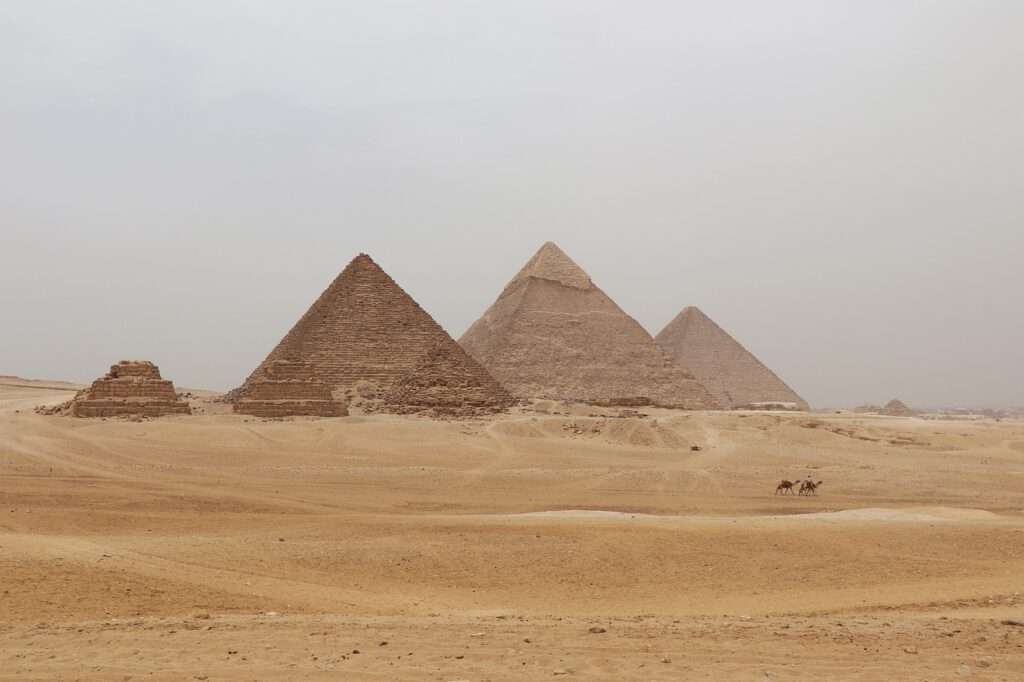
Non si può stilare un nuovo elenco delle meraviglie del mondo senza menzionare uno dei più grandi e antichi monumenti della storia dell'umanità ancora in circolazione.
Costruito nel corso di 4.500 anni e originariamente alto 482 piedi. Era ricoperto da un involucro di calcare levigato che gli permetteva di catturare il sole in modo mozzafiato.
The Great Pyramid of Giza was built as a tomb for Pharoah Khufu. It was with over 2 million limestone blocks, some of which weighed as much as 80 tons.
The precision with which it was built is so mindblowing that even modern scientists struggle to explain how the incredible feat was achieved. This has led some to believe that the pyramid was built with the help of aliens. Unfortunately, over millennias, the Great Pyramid has suffered erosion, reducing its height to 449 feet.
Ciononostante, rimane una testimonianza di ingegneria antica e sembra pronta a resistere per altri 4.500 anni.
9. Leshan Grande Budah
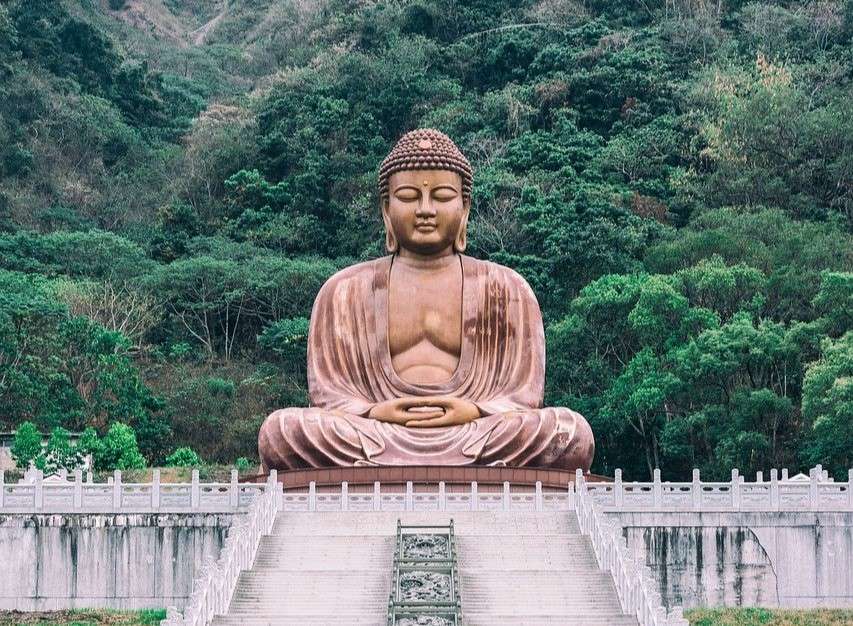
Located in the Sichuan province of China stands the biggest stone Buddha statue in the world. Towering at 233 feet high, this marvel was created in the 9th century.
È stato scavato nel fianco di una scogliera per salvaguardare la confluenza dei fiumi Min, Qingyi e Dadu, un sito noto per i frequenti incidenti mortali. So cosa vi state chiedendo.
Yes, miraculously, the presence of the Buddha stopped fatal accidents at the confluence. Over time, erosion and acid rain have not been kind to this majestic wonder, as plants and fungi are now growing on the statue. But don’t worry; restoration and preservation efforts are ongoing to combat these natural forces.
Despite the challenges, the Leshan Great Budah retains its cultural significance as it marks the time Buddhism first became established in Chinese territory.
8. Statue Moai
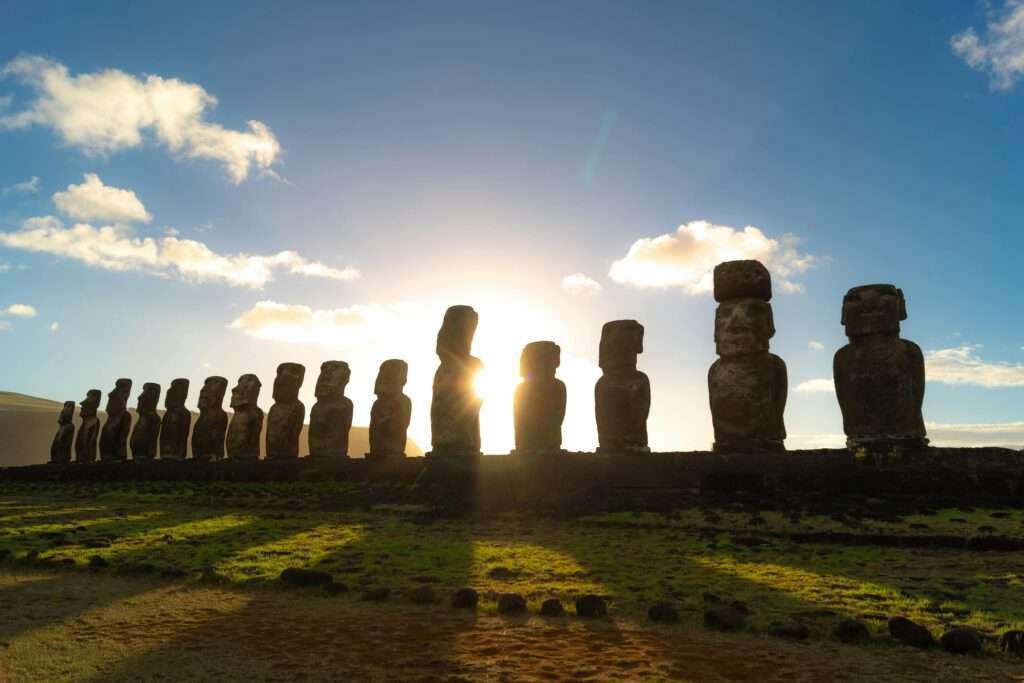
In a remote expanse of the Pacific lies mammoth-sized megaliths on the elusive Easter Island.
Avete sicuramente già visto queste facce nei meme di Giga Chad, ma la storia che c'è dietro è ancora più affascinante. Queste imponenti strutture alte 10 metri sono state realizzate con tufo vulcanico morbido tra il XV e il XVII secolo.
While they are also popularly known as Easter Island heads, the statues are more than just heads. Though many are buried up to their shoulders, each was sculpted with full bodies. They were made in honor of Moai’s chieftain and prominent people of the land who passed away.
The wonders of the island leave a deep mystery in their wake. As scientists are still not sure how the ancient people of Rap Nui transported the statues that weighed more than 50 tons across the island.
7. Colosseo
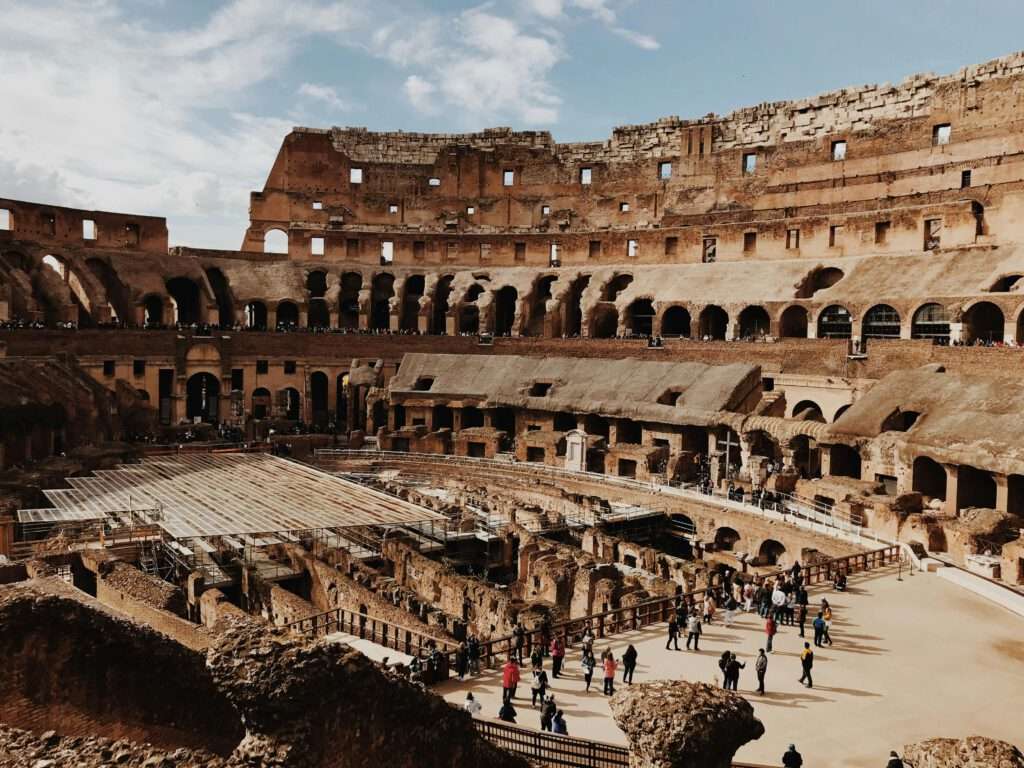
Imagine witnessing the majesty of the Colosseum in the 1st century. It is a spectacle that still commands admiration today. The Colosseum was constructed under the Flavian emperors. Surprisingly, Emperor Vespasian built it on the site of a drained artificial lake.
Questo luogo simbolico segnò la fine dell'era tirannica e l'inizio di una migliore. Di conseguenza, il lago privato del precedente sovrano divenne un luogo in grado di ospitare migliaia di romani.
The Colosseum, with its millennia-long history, has hosted countless events, from fierce gladiatorial combats to dramatic battles between men and wild animals. With its millennia-long history, the Roman Amphitheatre has hosted countless events. From serving as a stage for thousands of combats between gladiators to life- or-death fights between men and animals.
L'arena è stata anche una chiesa e una fortezza in epoca medievale.
As one would expect, the Colosseum has experienced its fair share of nature’s wrath, including lightning, earthquakes, and human destructiveness in the form of vandalism. However, it endures to this day.
6. Machu Picchu
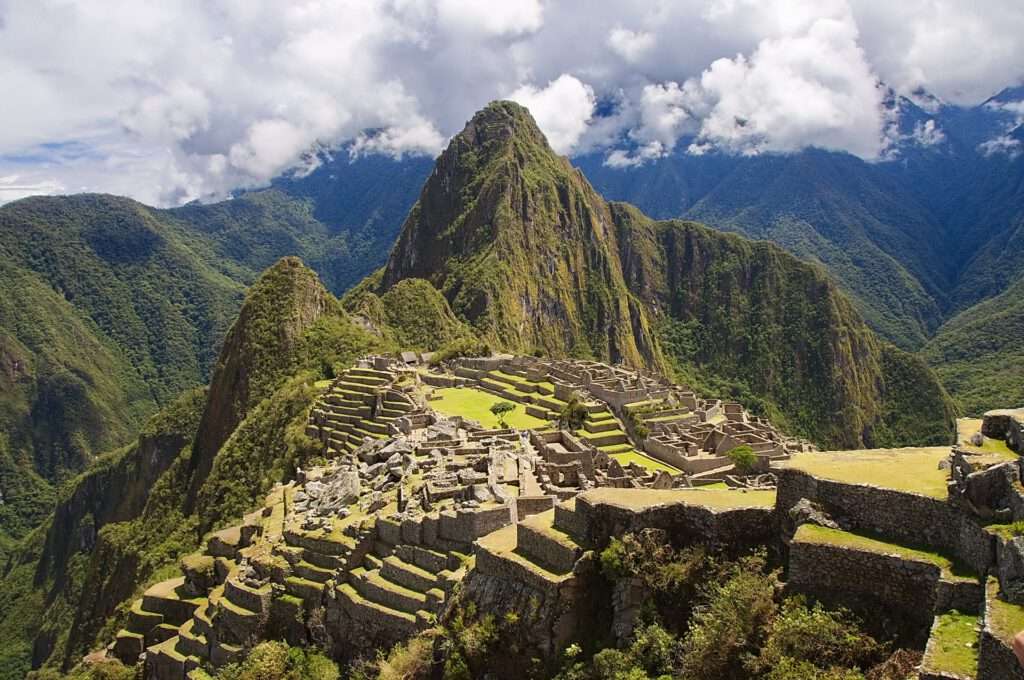
Situato sulla Cordigliera delle Ande, vicino a Cuzco, in Perù, questo sito Inca affascina gli archeologi da quando Hiran Bingham lo scoprì nel 1911.
What sets Machu Picchu apart is its remarkable state of preservation, although it was built during the 15th and 16th centuries.
After the Spanish conquest of Peru led to the expulsion of the Inca people from the region, this architectural marvel was lost to the world. Archeologists believe that the historical site used to be a royal estate or a sacred religious site for Inca leaders.
L'area si estende per oltre cinque miglia e conta 3.000 gradini di pietra. Oggi il fascino di Machu Picchu non è diminuito e continua ad attirare visitatori desiderosi di esplorare i suoi antichi paesaggi.
5. Cristo redentore
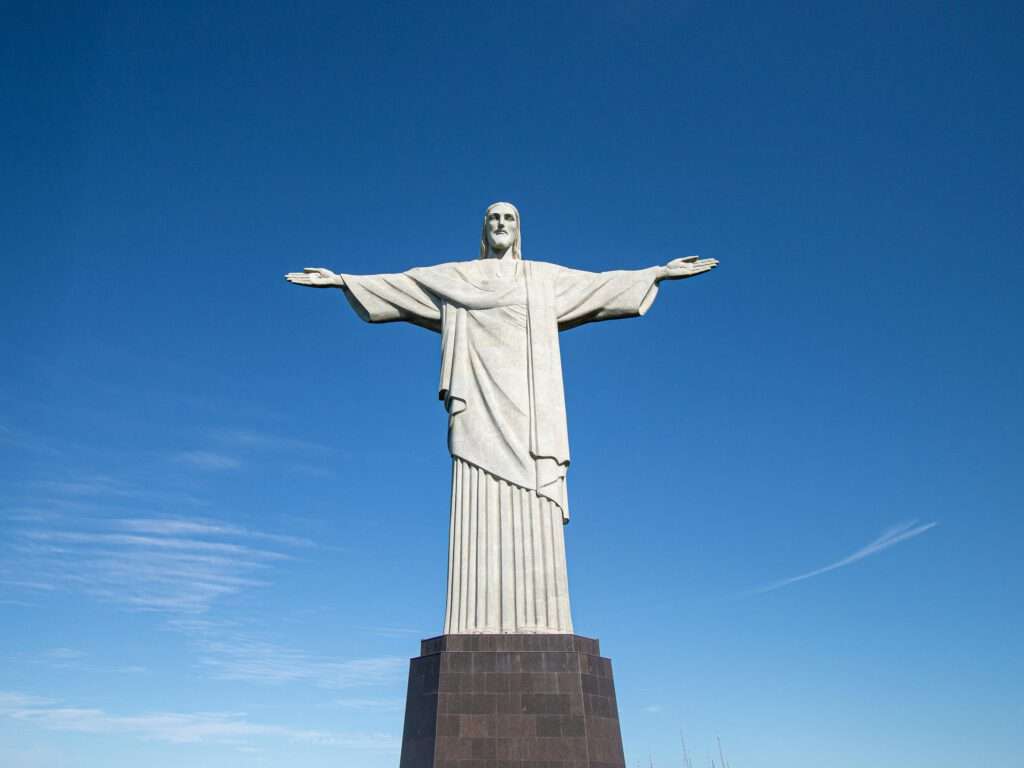
Perched atop Mount Corcovado in Rio de Janeiro, Brazil, is the iconic colossal statue of Jesus. Erected in 1931 after the First World War to serve as a symbol against the “sea of godlessness”. Made evident by the war, today, it is not a stretch to claim that the majestic figure has become synonymous with Brazil itself.
Christ the Redeemer stands a massive 98 feet tall, with its outstretched arms spanning 92 feet. It is the largest Art Deco sculpture in the world.
Questo stile artistico si distingue per le sue forme semplici e pulite, l'aspetto "snello" e gli ornamenti stilizzati. È realizzato in cemento armato e rivestito da circa sei milioni di piastrelle.
Christ the Redeemer remains a powerful symbol of faith and resilience in Brazil, drawing almost two million people every year.
4. Angkor Wat
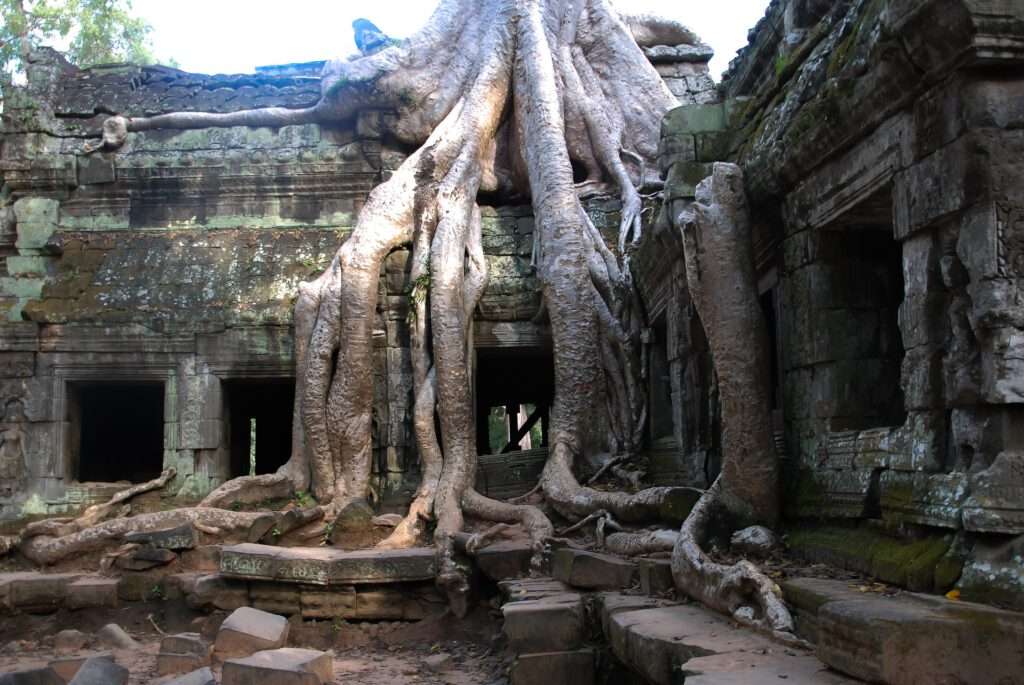
Costruito nel XII secolo, questo straordinario tempio è il fulcro di uno dei regni più grandi e popolati del Sud-Est asiatico. La sua architettura mozzafiato sembra uscita da un regno fantastico.
The five towering spires represent the summits of Mount Meru, believed to be the home of the gods. Although it was once bustling with activity, Combodia’s most important monument was abandoned in the early 15th century.
L'intera struttura è stata realizzata in pietra arenaria, che purtroppo non resiste bene ai climi tropicali. I delicati intagli del tempio hanno subito le ingiurie del tempo e delle intemperie durante questo periodo di abbandono. Fortunatamente, alla fine del XX secolo sono iniziati intensi lavori di restauro.
Oggi Angkor Wat è stato rimosso dall'elenco dei Patrimoni dell'Umanità in pericolo, il che significa che i visitatori potranno continuare a godere delle meraviglie dell'antica civiltà per gli anni a venire.
3. Taj Mahal
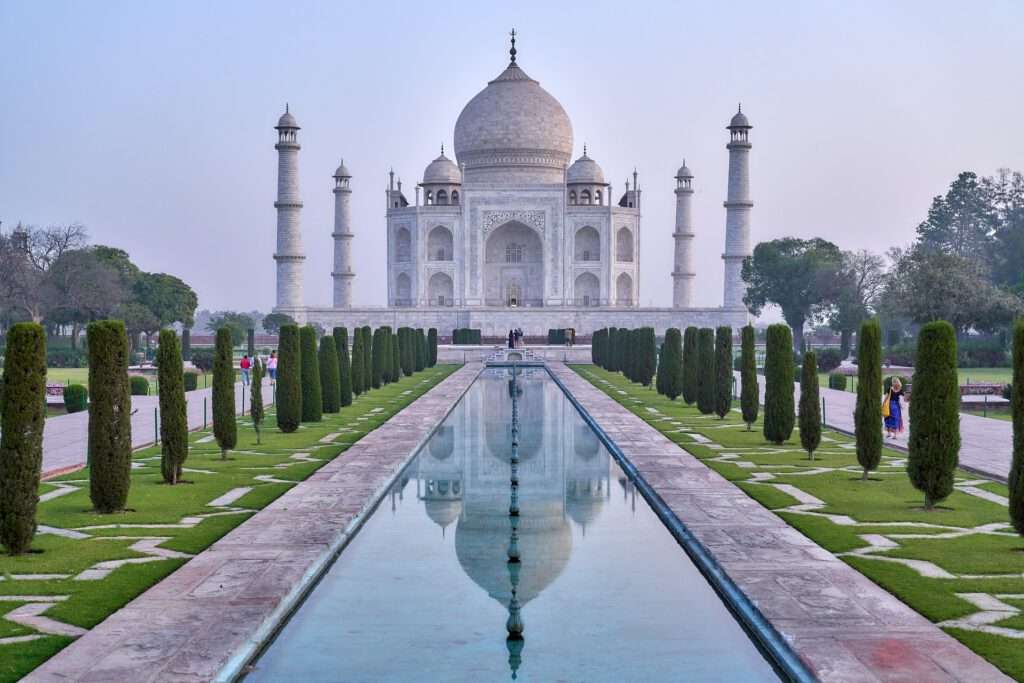
Un edificio imponente si erge sul fiume Yamuna ad Agra, in India, fin dal suo completamento nel 1653.
This immense mausoleum of white marble was commissioned by Mughal Emperor Shah Jahan in memory of his favorite wife, Mumtaz Mahal.
Ci sono voluti più di 22 anni e gli sforzi collettivi di un consiglio di architetti guidati da Ustad Ahmad Lahauri e di migliaia di artigiani per realizzare questa visione.
La struttura bianca è ornata da squisiti intagli, pietre preziose e splendidi giardini arricchiti da piscine e vegetazione lussureggiante. Nel 1983, il Taj Mahal è stato definito "il gioiello dell'arte musulmana in India e uno dei capolavori universalmente ammirati del patrimonio mondiale".
2. Chiese di Lalibela
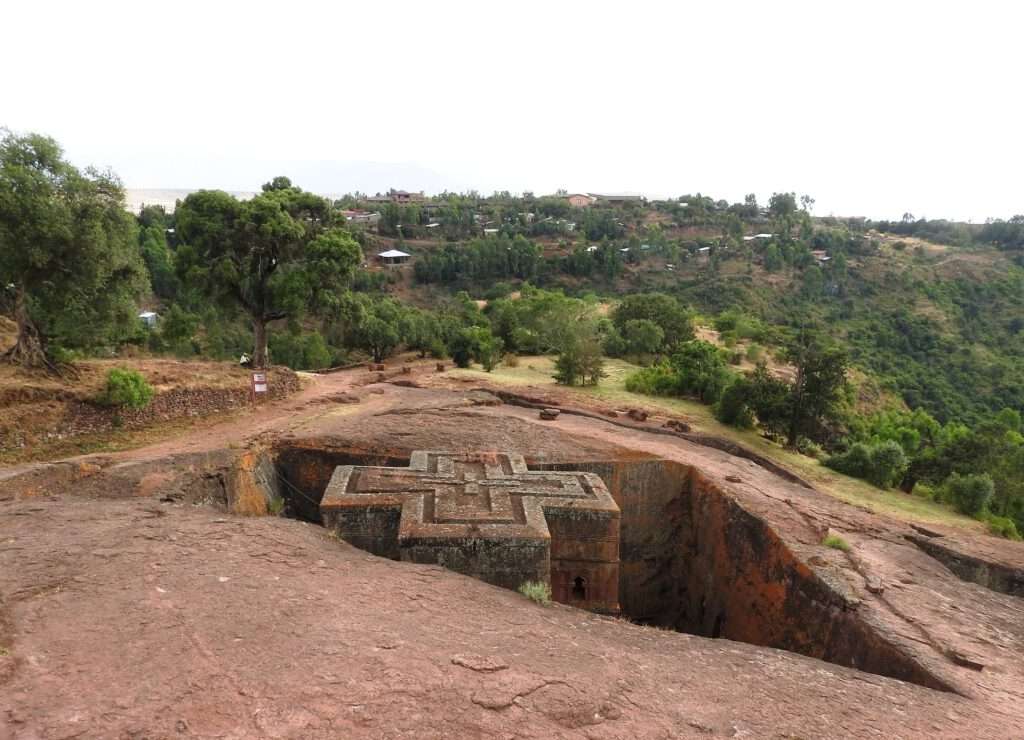
Se c'è una volontà, c'è un modo, e gli antichi etiopi hanno trovato il modo di rendere possibile l'impossibile scavando chiese monolitiche nelle montagne dell'Etiopia.
Queste 11 chiese rupestri medievali sono state costruite nel XIII secolo con gli scalpelli e sono luoghi sacri della cristianità etiope. Chiamate così in onore del re Lalibela, che ne commissionò la costruzione, queste chiese furono create come una "Nuova Gerusalemme" dopo che le conquiste musulmane avevano reso insicuri i tradizionali pellegrinaggi in Terra Santa.
Questa incredibile impresa di abilità e determinazione vanta un complicato sistema di drenaggio, trincee e passaggi cerimoniali. Nonostante siano state scavate direttamente nelle montagne, queste meraviglie architettoniche hanno resistito alle implacabili forze della natura. Attualmente, una comunità di monaci monitori
e mantiene i siti.
1. La Grande Muraglia cinese

La visione di questo capolavoro lascerà chiunque a bocca aperta di fronte al genio degli antichi ingegneri cinesi.
Con un'estensione di oltre 13.000 miglia lungo i confini settentrionali della Cina, si capisce perché si diceva che fosse l'unica struttura costruita dall'uomo visibile dallo spazio.
La costruzione ha attraversato diverse dinastie ed è stata completata durante la dinastia Ming.
dinastia nel XVIII secolo. Tuttavia, i primi lavori sulla Grande Muraglia cinese risalgono al 300 a.C.
La Barriera presenta un elenco di strutture strategiche, tra cui torri di guardia, torri faro e fortezze, ognuna meticolosamente progettata per difendere il Paese dagli invasori.
Anche se la Grande Muraglia non ha più la sua funzione militare originaria, rimane un potente simbolo della sovranità e del patrimonio culturale della Cina.


Commenti
Davide
8 dicembre 2015a18:55I wouldn’t have thought it, but there were some points that I didn’t know. 🙂